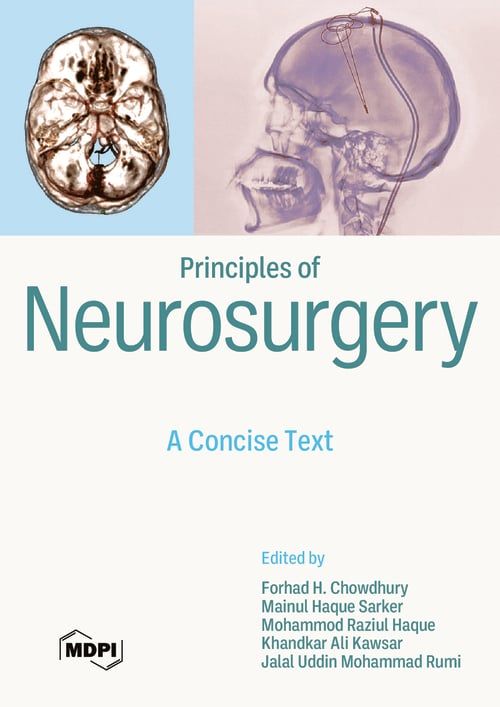Cerebral Arteriovenous Malformation (AVM)
An arteriovenous malformation (AVM) is another cause of brain hemorrhage and it comprises about 15% of intracerebral hematomas. It often occurs at a young age. Bleeding from an AVM most often occurs between the ages of 10 and 30 years. It often causes a cerebral hematoma in the frontal lobe, temporal lobe, occipital lobe or parietal lobe, and in some cases, even within the ventricle. Cerebellar AVMs are less frequent. Besides an ICH, another type of presentation of an AVM is seizure disorders, and it is commonly partial seizure. Investigations of a cerebral AVM include a CT scan, MRI of the brain, CTA, MRA and DSA, and sometimes tractography and fMRI are necessary for a diagnosis, as well as a complete and compact understanding of an AVM and the planning of management. The management options for a brain AVM are microsurgical excision, endovascular embolization, radiosurgery or any possible combination of the above three options. Microsurgery is the main option for curative treatment. In this chapter, the pathology, clinical presentation, investigation, grading of AVM, options for treatment, choosing option/s and a brief introduction of microsurgical excisions are mentioned.
